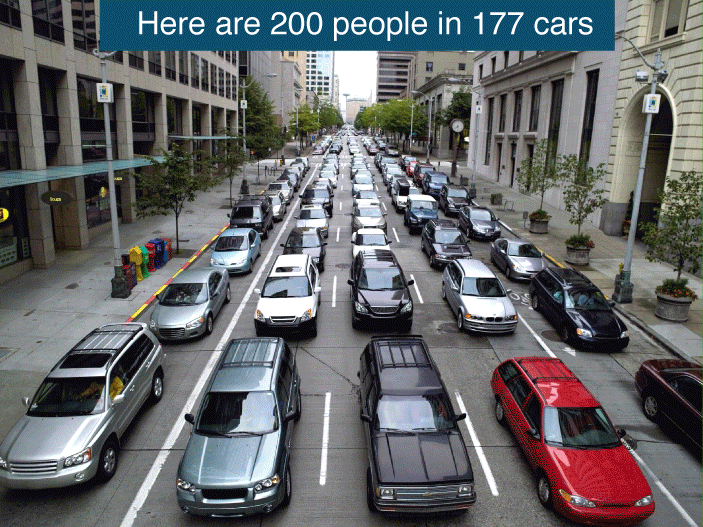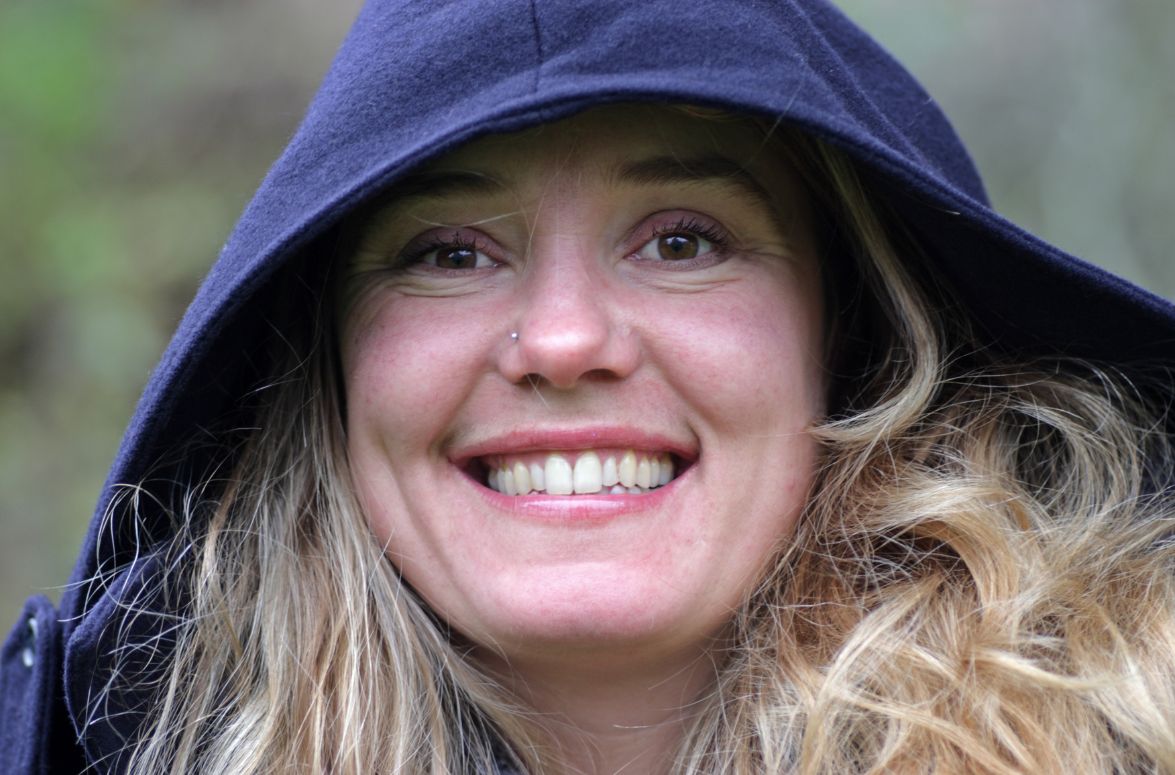**Ever wondered what 200 people look like? It’s not just a number—it’s a visualization challenge that can spark curiosity in anyone. Whether you’re planning an event, analyzing crowd sizes, or simply fascinated by the concept of human gatherings, understanding what 200 people truly look like is more complex than you might think. Let’s break it down together!**
Imagine yourself standing in the middle of a bustling stadium or at a lively concert. You glance around, and the sheer number of faces staring back at you feels overwhelming. But how do we quantify that feeling? How do we visualize something as specific as 200 people? In this article, we’ll explore the concept of what 200 people look like, breaking it down into relatable terms and examples that make sense.
From sports arenas to classrooms, from social gatherings to corporate events, groups of people come in all shapes and sizes. But when it comes to imagining exactly what 200 individuals look like, it’s easy to get lost in abstract numbers. So, buckle up as we dive deep into this fascinating topic, bringing clarity to a question that’s surprisingly complex.
Read also:Discover The Allure Of Ballroom Dti Your Ultimate Guide To Elegance
Table of Contents:
- Visualizing 200 People
- Real-World Examples of 200 People
- Crowd Density and Space Requirements
- The Psychology Behind Numbers
- Historical Context of Large Crowds
- Modern Applications of Crowd Visualization
- Event Planning with 200 Guests
- Data and Statistics on Crowd Sizes
- Common Misconceptions About Large Groups
- Conclusion: What We’ve Learned About 200 People
Visualizing 200 People
Let’s start by setting the scene. When you think about 200 people, what comes to mind? Is it a packed auditorium, a busy street corner, or maybe even a wedding reception? The truth is, visualizing 200 people depends heavily on context. Are these people standing still, sitting in rows, or moving around freely? These factors play a huge role in shaping our perception.
For instance, imagine a classroom with 200 students. That’s a lot of desks, isn’t it? Now picture those same 200 students spread out across a football field. Suddenly, they don’t seem so overwhelming. This highlights the importance of space and arrangement when trying to grasp what 200 people actually look like.
Breaking It Down
To make things clearer, let’s break 200 people into smaller chunks. Think about:
- Five groups of 40 people each
- Ten rows of 20 people
- Twenty clusters of 10 individuals
By dividing the number into smaller units, it becomes easier to imagine and process. It’s like solving a puzzle—one piece at a time!
Real-World Examples of 200 People
Now that we’ve got the basics covered, let’s look at some real-world scenarios where you might encounter 200 people. These examples will help anchor the concept in practical terms.
Read also:Drake Holding His Meat The Story Behind The Viral Moment
Sports Events: Picture a high school basketball game. With players, coaches, referees, and spectators, it’s not uncommon for the total attendance to reach 200 people. The energy in the room, the noise level, and the visual impact all contribute to how we perceive the crowd.
Corporate Meetings: Large companies often host conferences or training sessions with around 200 attendees. Imagine rows of chairs neatly arranged in a hotel ballroom. Each face represents a unique story, but collectively, they form a cohesive group.
Other Scenarios
Here are a few more examples to consider:
- A mid-sized wedding reception
- A community art fair
- A local music festival
Each of these settings offers a different perspective on what 200 people can look like, proving that context truly matters.
Crowd Density and Space Requirements
When discussing what 200 people look like, we can’t ignore the concept of crowd density. How much space do 200 people need? The answer varies depending on the situation.
For example, if 200 people are attending a formal dinner, they’ll require more personal space compared to a concert or festival. According to industry standards, a comfortable standing crowd density is roughly 2.5 square feet per person. That means 200 people would need about 500 square feet of space just to stand comfortably.
But what happens when you add seating, tables, or other obstacles? Suddenly, the required space increases significantly. This highlights the importance of planning and organization when dealing with crowds of this size.
Key Considerations
When arranging for 200 people, keep the following in mind:
- Ensure adequate ventilation and lighting
- Plan for accessibility and emergency exits
- Balance functionality with aesthetics
These small details can make a big difference in creating a positive experience for everyone involved.
The Psychology Behind Numbers
Numbers don’t exist in isolation—they carry meaning and evoke emotions. For many, the idea of 200 people can feel intimidating or overwhelming. Why is that? It all comes down to psychology.
Humans are wired to process information in manageable chunks. When faced with large numbers, our brains struggle to comprehend the scale. This phenomenon is known as “numerical overload,” and it affects how we perceive crowds, distances, and even time.
Interestingly, research shows that people tend to overestimate the size of smaller crowds and underestimate larger ones. This cognitive bias makes it even harder to accurately visualize what 200 people really look like.
Overcoming Numerical Overload
So, how can we overcome this mental hurdle? One approach is to use visual aids, such as photos or diagrams, to represent the number. Another strategy is to relate it to something familiar, like the capacity of a movie theater or the size of a typical classroom.
By breaking down the number into relatable terms, we can better grasp its significance and reduce the anxiety it might cause.
Historical Context of Large Crowds
Throughout history, humans have gathered in groups of various sizes for celebrations, protests, and rituals. Understanding the historical context of large crowds can provide valuable insights into how we perceive them today.
For instance, ancient Roman amphitheaters were designed to accommodate thousands of spectators. Similarly, medieval festivals often drew massive crowds, with participants numbering in the hundreds or even thousands. These historical precedents demonstrate humanity’s long-standing fascination with collective experiences.
In modern times, advancements in technology and infrastructure have allowed us to gather in even larger numbers. From concerts to political rallies, the ability to bring people together on a grand scale continues to evolve.
Lessons from the Past
What can we learn from historical examples of large crowds? First, they remind us of the power of community and shared purpose. Second, they highlight the importance of organization and planning when dealing with large groups of people.
By studying the past, we can better prepare for the future, ensuring that gatherings of 200 people—or more—remain safe, enjoyable, and meaningful.
Modern Applications of Crowd Visualization
In today’s world, understanding crowd dynamics has become increasingly important. From urban planning to event management, professionals rely on data and analytics to predict and manage crowd behavior.
For example, city planners use simulations to estimate the flow of pedestrians through busy intersections. Event organizers employ similar techniques to optimize seating arrangements and minimize bottlenecks. Even marketers leverage crowd visualization tools to gauge the impact of their campaigns.
These applications demonstrate the practical value of understanding what 200 people look like in different contexts. By applying this knowledge, we can create safer, more efficient, and more engaging environments for everyone.
Technology’s Role
Advances in technology have revolutionized the way we visualize and manage crowds. Tools like drones, thermal imaging, and AI-driven analytics provide unprecedented insights into human movement and behavior.
While these technologies offer numerous benefits, they also raise ethical questions about privacy and surveillance. As we continue to explore the possibilities of crowd visualization, it’s essential to balance innovation with responsibility.
Event Planning with 200 Guests
Planning an event for 200 people requires careful consideration of logistics, budget, and guest experience. Whether you’re hosting a wedding, corporate seminar, or charity gala, attention to detail is key.
Start by defining your goals and objectives. Are you aiming for an intimate gathering or a grand spectacle? Once you’ve established your vision, begin mapping out the necessary components, including venue selection, catering, entertainment, and decorations.
Remember to leave room for flexibility and contingency planning. No matter how well-prepared you are, unexpected challenges can arise. Having a backup plan ensures that your event runs smoothly, even if things don’t go exactly as planned.
Tips for Success
Here are a few tips to help you plan a successful event for 200 guests:
- Choose a venue that complements your theme
- Hire reliable vendors with proven track records
- Communicate clearly with guests through invitations and reminders
By focusing on these key areas, you can create an unforgettable experience for everyone involved.
Data and Statistics on Crowd Sizes
Data plays a crucial role in understanding crowd dynamics. Here are a few statistics to consider:
- The average capacity of a movie theater in the U.S. is approximately 200 seats
- A typical high school auditorium can hold between 500 and 1,000 people
- Concert venues often range from 1,000 to 20,000 attendees
These numbers provide a useful benchmark for visualizing what 200 people look like in various settings. They also underscore the importance of scalability and adaptability when planning for crowds of different sizes.
Why Data Matters
Data-driven insights allow us to make informed decisions, reducing uncertainty and improving outcomes. By analyzing trends and patterns, we can anticipate challenges and develop strategies to address them effectively.
In the context of crowd visualization, data helps bridge the gap between abstract numbers and tangible realities. It transforms what 200 people look like from a vague concept into a concrete understanding.
Common Misconceptions About Large Groups
Despite its importance, crowd visualization remains a misunderstood topic. Here are a few common misconceptions:
- “All crowds are the same.” In reality, different groups exhibit unique behaviors and characteristics.
- “Crowds are always chaotic.” While some gatherings may feel disorganized, many are carefully planned and executed.
- “You can’t control crowd size.” With proper planning and management, it’s possible to influence and direct crowd flow.
Addressing these misconceptions is essential for developing a more accurate understanding of what 200 people look like and how they behave.
Separating Fact from Fiction
To combat misinformation, rely on credible sources and expert opinions. Seek out studies, reports, and case studies that provide evidence-based insights into crowd dynamics. By grounding your understanding in facts, you’ll be better equipped to navigate the complexities of large gatherings.
Conclusion: What We’ve Learned About 200 People
In conclusion, visualizing what 200 people look like is a multifaceted challenge that requires both imagination and analysis. From real-world examples to psychological insights, we’ve explored the many dimensions of this fascinating topic.
Remember, context is everything. Whether you’re planning an event, analyzing crowd behavior, or simply satisfying your curiosity, understanding the nuances of crowd dynamics will enrich your perspective.
So, what’s next? Take action! Share your thoughts in


